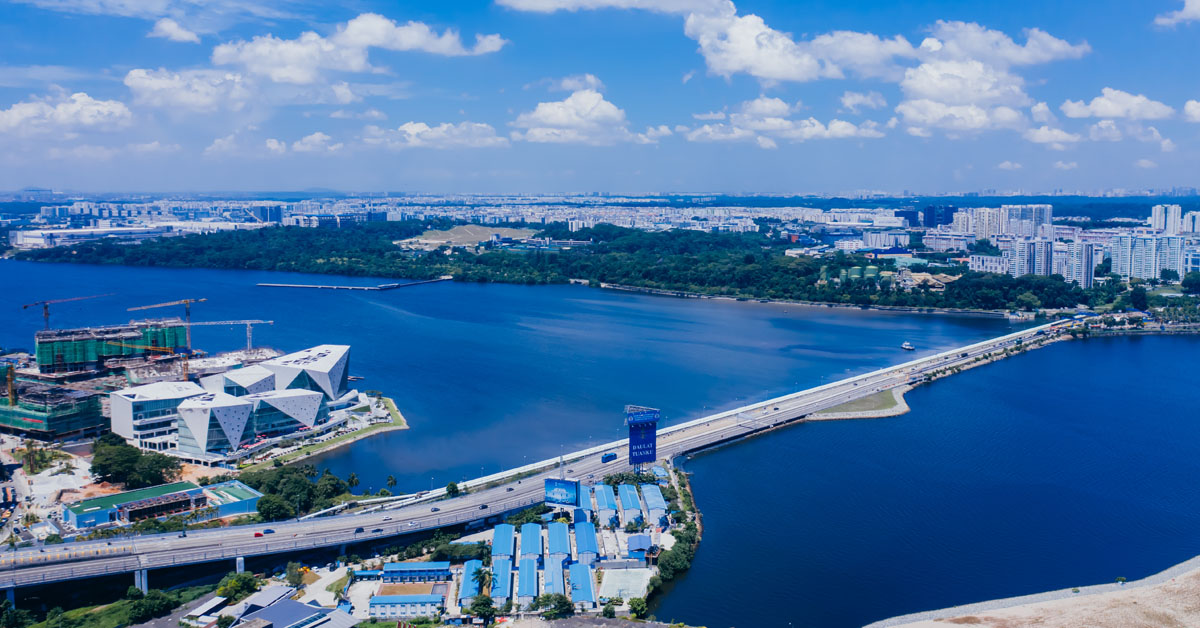Remember when you used to say, “Let’s take an Uber there” to your friends?
That’s so 2017.
Today, instead of saying let’s take a taxi somewhere, the most common phrase you’ll hear is “Let’s Grab there.”
Not only has Grab acquired Uber’s Southeast Asia operations, but according to recent reports, it continues to buy over other competitors, such as foodpanda.
Grab Might Be Buying Over foodpanda’s Singapore Business
According to The Wirtschaftswoche, a German business magazine, Delivery Hero, the Berlin-based parent company of foodpanda, is in advanced talks to sell portions of its Asia business to Grab.
Delivery Hero plans to sell its activities under the foodpanda brand in seven Asian countries.
The seven Asian countries are Singapore, Cambodia, Laos, Malaysia, Myanmar, the Philippines and Thailand.
The deal’s value is still under negotiation. The speculated value of the deal could exceed 1 billion euros (S$ 1.46 billion).
Investors in Delivery Hero responded positively to these revelations, driving the company’s share prices up by as much as 13.5%.
Challenges Maintaining Growth in Southeast Asia
Interestingly, while Delivery Hero’s Asia operations significantly contribute to its revenue, it has encountered challenges maintaining its growth momentum in the region.
The CEO of Delivery Hero, Niklas Oestberg, mentioned last month that the company is refocusing on profitability and had “pulled back a little bit” from heavy investments in the Asian market.
This strategic move comes after the firm reported an adjusted profit in the first half of the year, following a 323 million euro loss during the same period the previous year.
Despite the positive trading day, Delivery Hero’s stock has seen a 28% decline over the year.
Last month, Oestberg said that Asia was the segment where the company saw the most opportunity to invest.
In contrast, Singapore-based company Grab reported robust figures, with revenues reaching US$567 million (S$774 million) for the quarter ending 30 June.
A significant portion of these earnings comes from its food delivery and ride-hailing services, which have been experiencing strong growth.
Grab Continues to Dominate the Market
We all know that Grab has dominated the Southeast Asian market for multiple reasons.
Firstly, Grab was one of the first companies to offer ride-hailing services in Southeast Asia, giving it a critical early advantage.
However, one of the critical moves that propelled Grab to a dominant position was its acquisition of Uber’s Southeast Asian business in 2018, in which it successfully eliminated one of its main competitors from the market.
Should the deal with Delivery Hero close, it would be no surprise if Grab becomes the super app for its Southeast Asian users, given its top-notch services for GrabFood, GrabMart, and GrabCar.
Buying out a competitor like foodpanda would increase Grab’s dominance while reducing marketing expenses on customer acquisition.
Grab, however, has yet to confirm the reports and release any official statement about buying over foodpanda.
This wouldn’t be the first major acquisition for Grab.
In March 2018, Grab ended the rumours about the merger between Uber and Grab when it announced that it had acquired Uber’s Southeast Asia operations.
This deal is the largest ever of its kind in Southeast Asia.
As part of the acquisition, Uber took a 27.5% stake in Grab, which Grab described as “reflective of the companies’ respective market shares”.
With the acquisition, Grab has taken over Uber’s operations and assets in the region’s eight countries: Cambodia, Indonesia, Malaysia, Myanmar, the Philippines, Singapore, Thailand and Vietnam.



